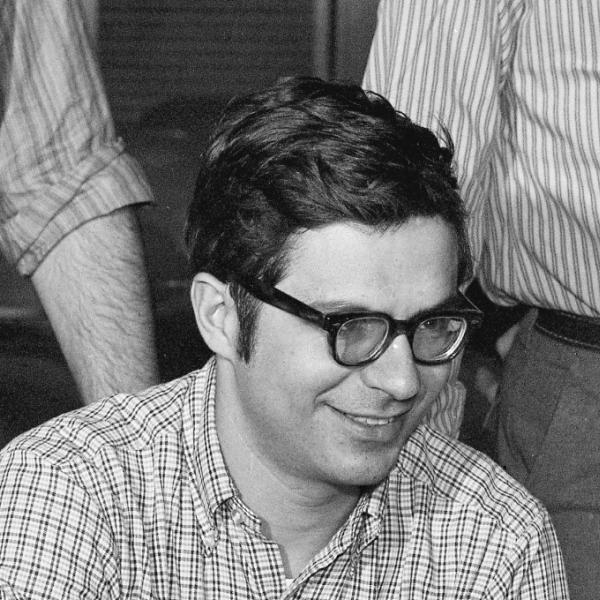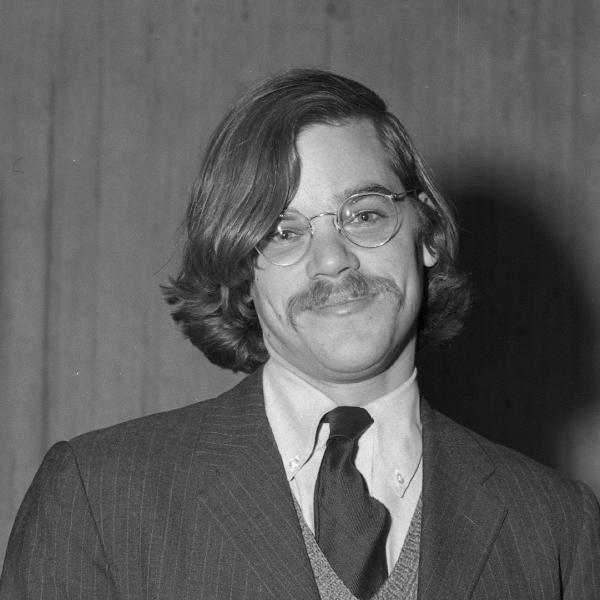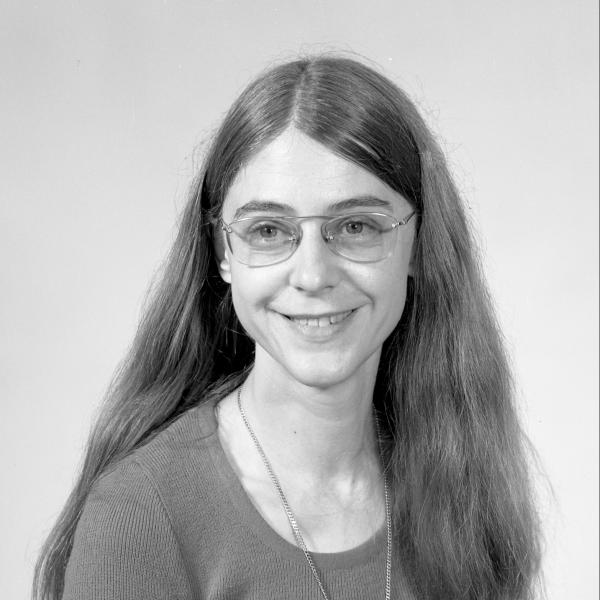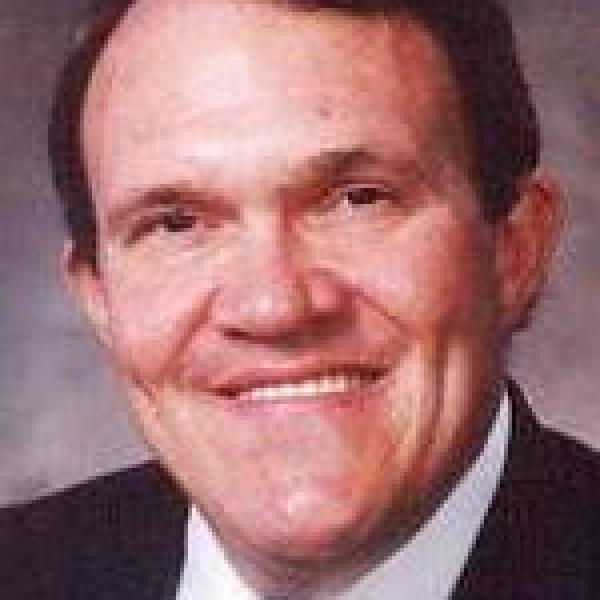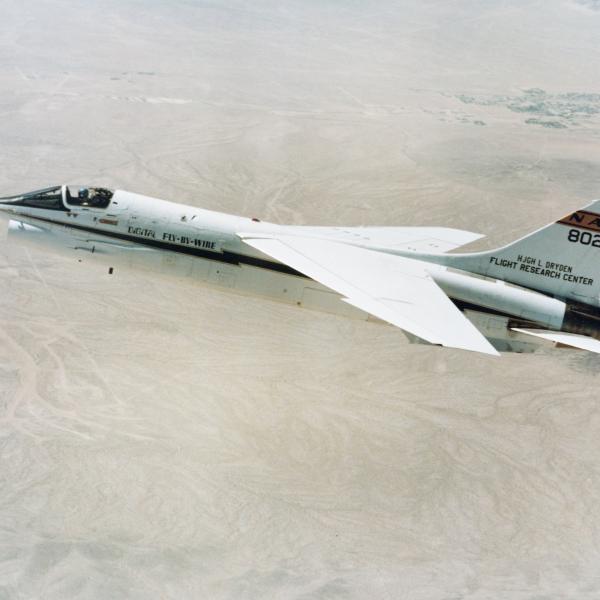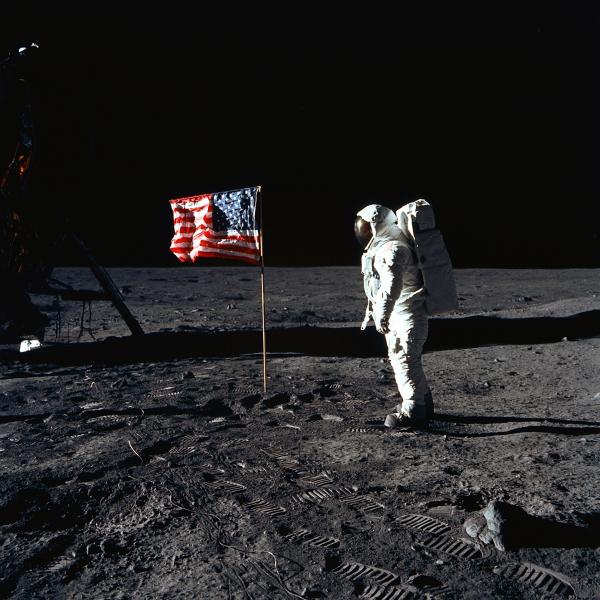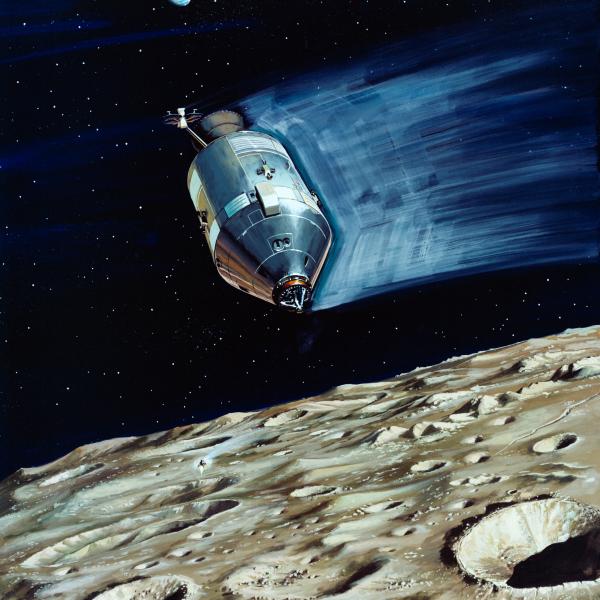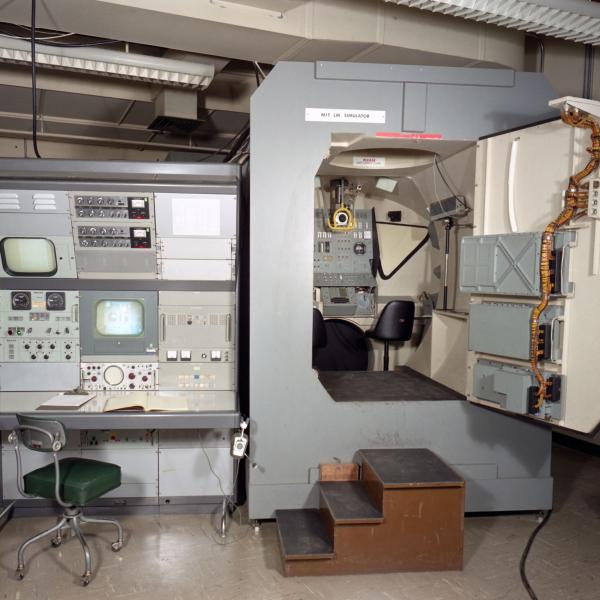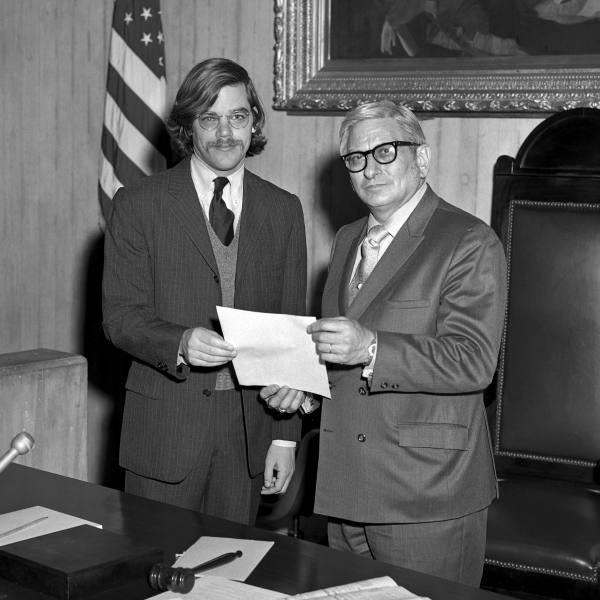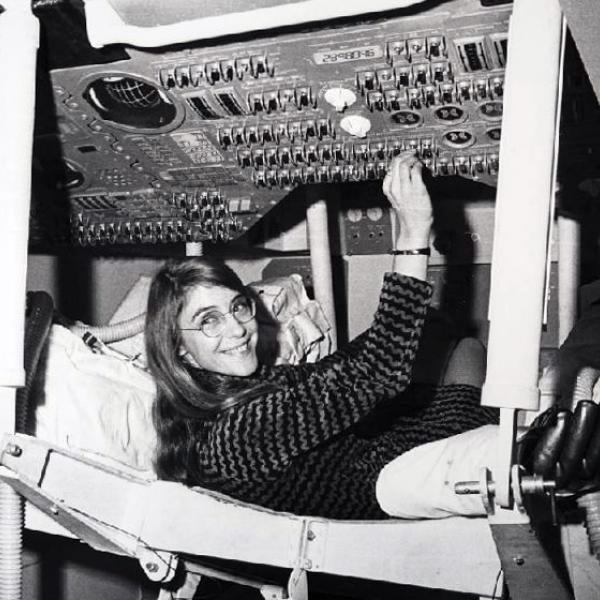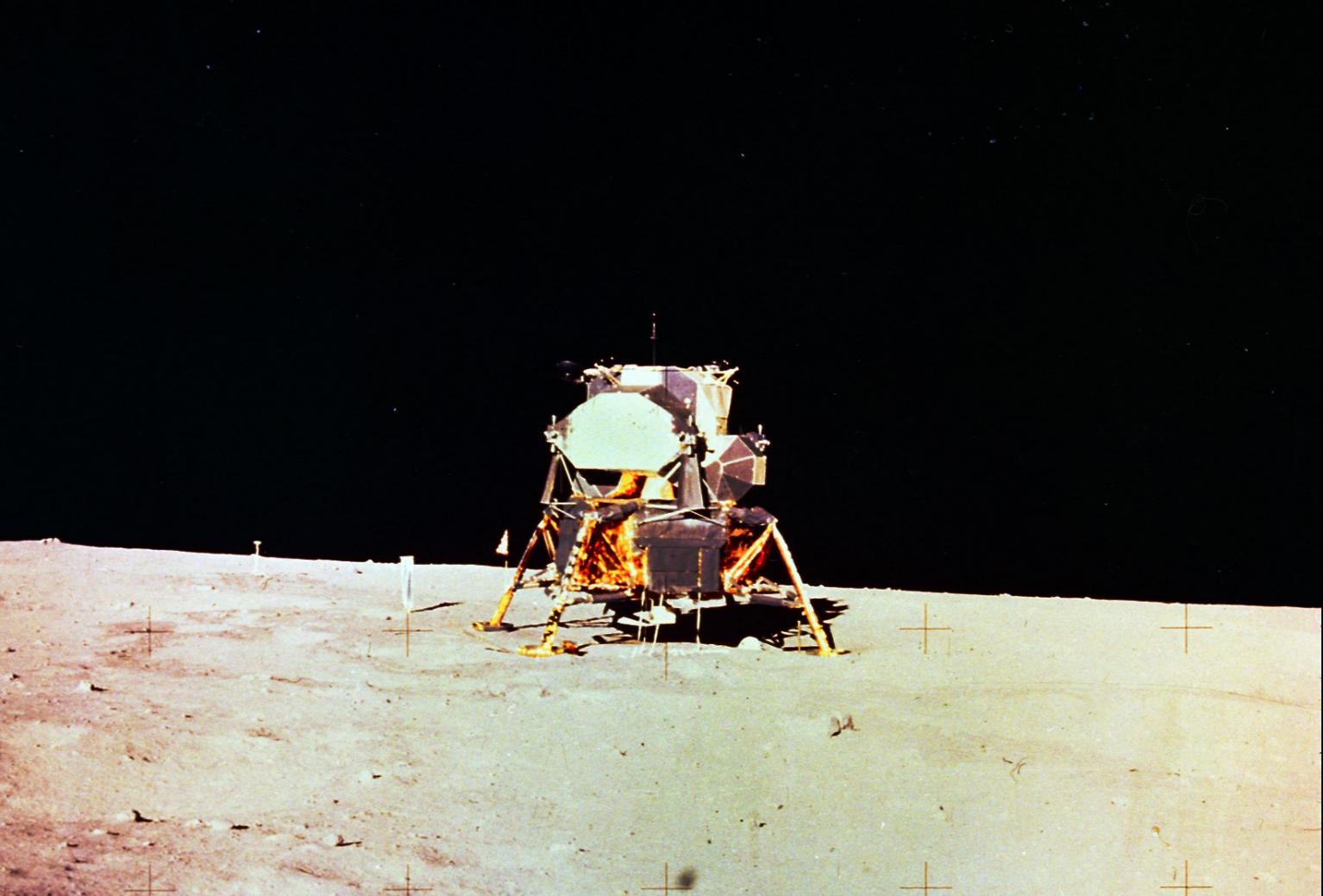
The Spider and the Moon Missions
The Lunar Module, or LM, looked a lot like a spider or four-legged insect. In fact, during the Apollo 9 mission, the astronauts named the LM “Spider” alongside the Command Module, “Gumdrop.” Although the names given to each LM evolved as the Apollo missions progressed, the core performance remained the same. The LM was a vehicle that would land on the moon, support the astronauts, and safely reconnect with the CSM. Some modules also had lunar rovers on board to help further exploration of the surface of the moon.
The LM was designed by the MIT Lab, but built by Grumman, now known as Northrop Grumman. The design of the LM was functional, not aerodynamic, because it would be operated in a vacuum and didn't need to be pushed through the atmosphere the same way the spacecraft was upon launch. Unlike the CSM, the astronauts could pilot the LM while harnessed in; otherwise they would be floating aimlessly in the cabin.
The Lunar Module was comprised of two parts or stages, the ascent stage and descent stage. The ascent stage contained the crew compartment and controls and the descent stage housed the descent propulsion system and scientific storage. During a moon landing mission, both stages of the LM undocked from the CSM in lunar orbit and landed on the surface of the moon. When the astronauts were ready to return, the descent stage remained on the lunar surface, serving as a mini launch pad for the ascent stage which carried the astronauts back into lunar orbit to rendezvous with the CSM. Once the crew entered the CSM for the trip back to Earth, the LM ascent stage was released and eventually crashed into the moon, with one exception. During the Apollo 10 mission, the LM "Snoopy" was released into a solar orbit and never seen again.
Another design difference between the CSM and LM was in the optics system. Instead of a space sextant, the LM had an alignment optical telescope (AOT) designed by Draper. It was a periscope-like manually operated telescope with a 60 degree field of vision and 45 degree line of sight. The astronauts used the AOT to manually take star and landmark angular measurements to align the LM, as well as the during moon landing and take-off.
The software for the LM and CSM computers was written by the Instrumentation Lab. Peter Kachmar and Peter Volante were among those who specifically worked on the rendezvous software, running countless simulations to ensure everything went smoothly. But, in the event something went wrong, there was also an Abort Guidance System that could be selected by the crew that could take over.
The LM presents all sorts of mechanical engineering problems because of its weight and its survivability. It’s flimsy and light... ideal for lunar flight. But it has one huge drawback: You can't fly it on Earth. It was designed only to be flown in zero-G. So the first time it was tested would be during the actual mission. Neil Armstrong narrowly averted death flying the Lunar Landing Training Vehicle, nicknamed the ‘Flying Bedstead,’ as it spun out of control and crashed seconds after he decided to bail out.
The descent and ascent processes didn't always go off without a hitch. Alarms sounded during the descent of Apollo 11’s lunar module. The 1202 alarms signaled that something was wrong, the computer was overloaded. The team in Houston, comprising both NASA and Instrumentation Lab members, among others, made the call. Jack Garman had watched enough simulations to authorize a landing – he knew the alarm codes.
Something similar happened prior to the descent of Apollo 14. The ABORT button contained a scrap of metallic junk that created bogus ABORT signals at random times. Don Eyles and the team in the Lab stepped up and devised a workaround to make the computer ignore the false alarm.


